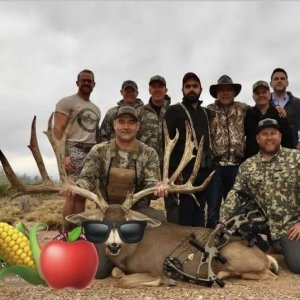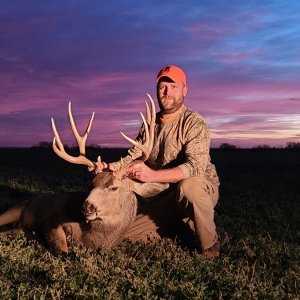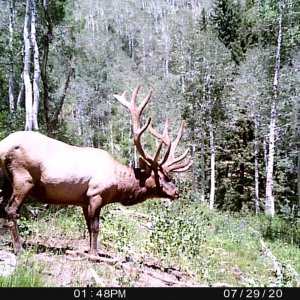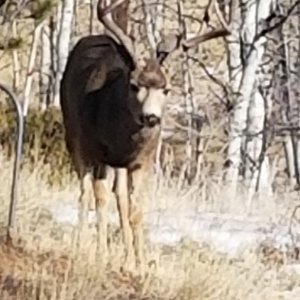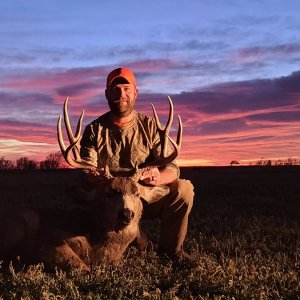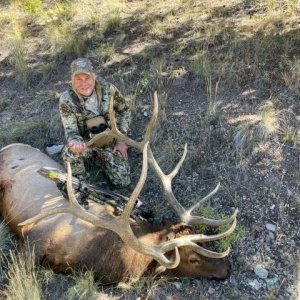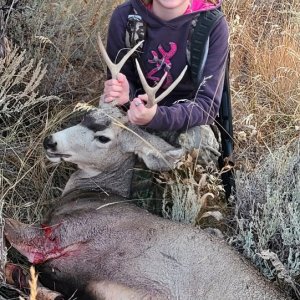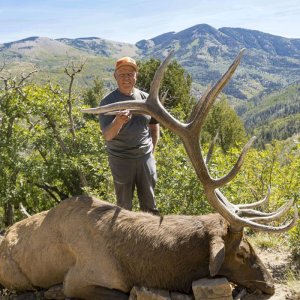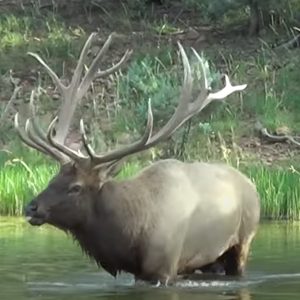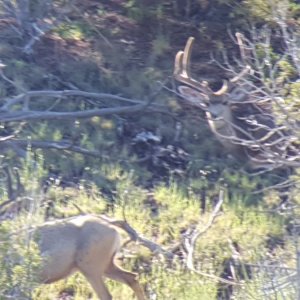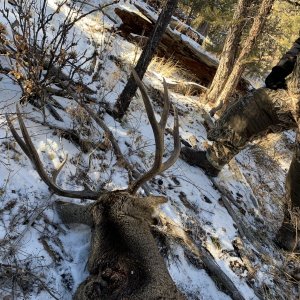N
nitroxdan
Guest
I was hunting in the rain. I took a latex glove like an examanation glove and cut the finger off it and put it over the barrel of my muzzloader. I shot at a nice buck at 70 yards and did not hit anything. I forgot to remove the latex before I shot, I did not think it would have cause a problem. I had been target shooting for a couple months prior to the season and feel very comfortable grouping shots at 100 yards 4-6 inches, consistantly. I know the shot should have been good. I shoot saboted conicals. I am thinking the latex went on to travel wrapped around the bullet, preventing the sabot's release, causing deflection in the normal bullet's travel path. Does this sound right? I could not find the latex. I shot from an elevated position over a green field and no latex....

